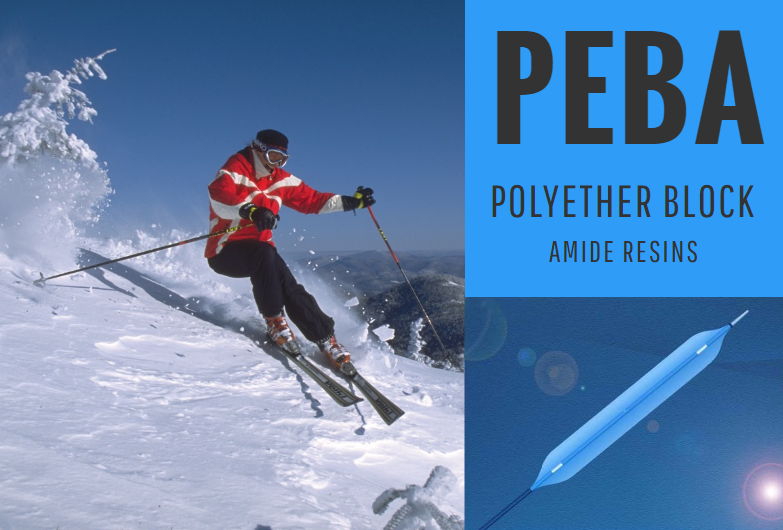Highly engineered thermoplastic elastomers are finding broad application use these days. Traditionally, elastomers often involved silicones, polyurethanes, or crosslinked rubbers. For applications requiring greater mechanical properties, such as impact strength, modulus, and fatigue strength, block copolymers comprised of polyether amide (PEBA) are often found.
PEBAs are formed from the condensation polymerization of a carboxylic polyamide with a polyether (often a polyethylene glycol terminated by alcohols). Varying the relative lengths and amounts of the blocks results in a range of mechanical properties, including elasticity and energy damping.
PEBA in Sports Equipment
PEBAs are often used in sports equipment. Its fatigue resistance and relative immunity to temperature-related property change makes it a good candidate for the shells of ski boots, and the energy damping behavior and low density makes PEBAs attractive for the damping system in running shoes.
PEBA in Medical Devices
PEBAs can be injection molded and extruded, which permits forming into narrow wall constructs. This behavior, coupled with its biocompatibility and the lack of a need for plasticizers, has resulted in PEBAs use in catheters, tubing, and cannula.
Contact CPG for assistance in selecting polymer materials for your specific application.

